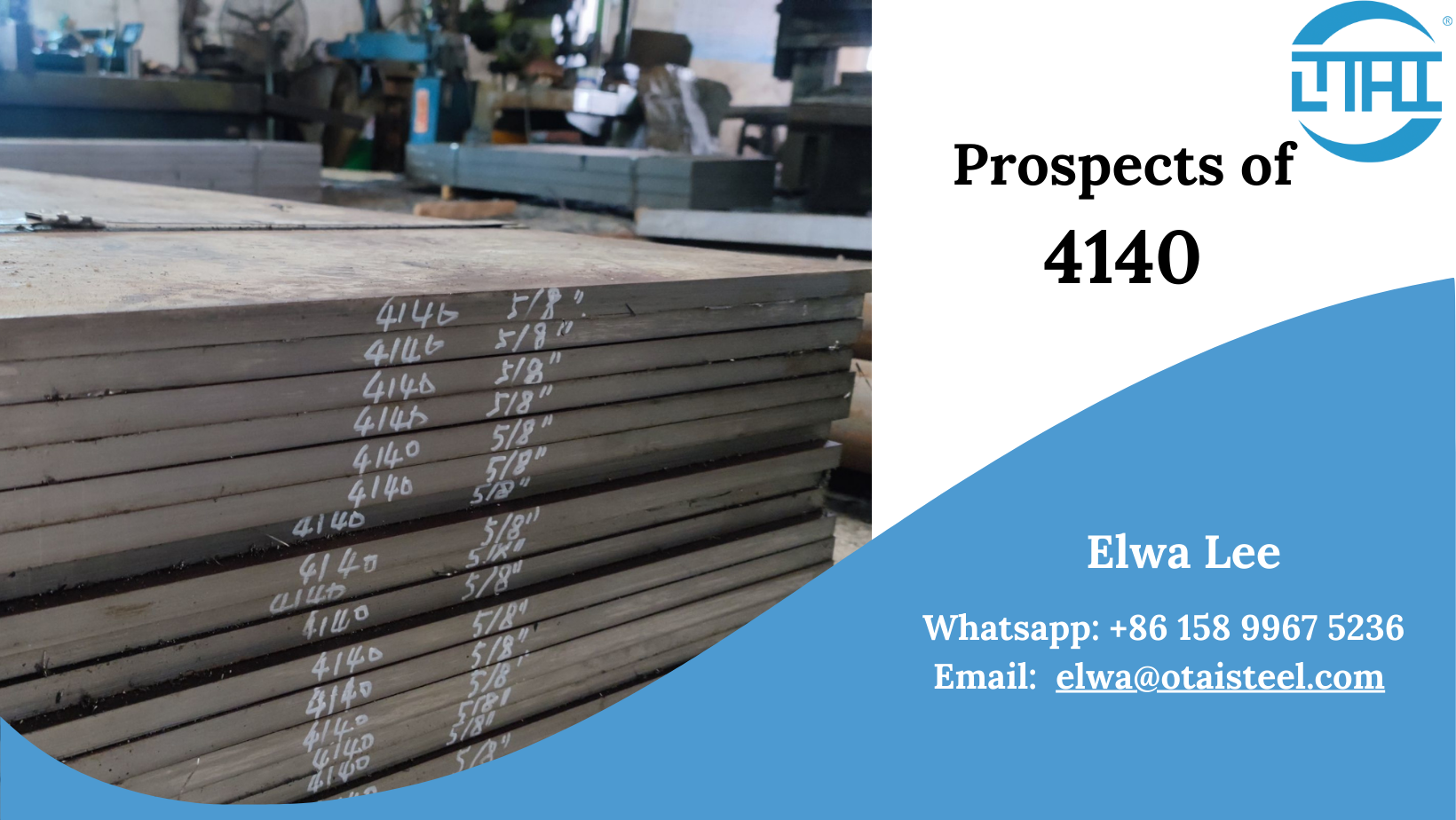In the world of engineering and manufacturing, the choice of materials plays a pivotal role in determining the longevity and performance of the final product. 4140 steel bars are a popular choice due to their outstanding properties, but like any material, they require proper care and maintenance to ensure their extended life and optimal performance. In this article, we will explore the best practices for maintaining and caring for 4140 steel bars, from storage to corrosion prevention and regular inspections.
Storing 4140 Steel Bars
Proper storage is the foundation of maintaining the quality and integrity of 4140 steel bars. When steel bars are not in use, following these guidelines can make a substantial difference:
Indoor Storage: Ideally, store 4140 steel bars indoors in a controlled environment. This helps protect them from extreme temperature fluctuations and moisture.
Vertical Position: Store steel bars vertically, if possible, to prevent warping and bending over time.
Off the Ground: Keep steel bars off the ground by using racks or pallets. This prevents contact with moisture, which can lead to corrosion.
Minimal Contact: Avoid stacking steel bars on top of each other to prevent surface damage or deformation.
Climate Control: If indoor storage isn’t feasible, consider using climate-controlled containers to maintain stable temperature and humidity levels.
Corrosion Prevention
Corrosion is one of the main adversaries of steel, including 4140 steel bars. To prevent corrosion, you can implement these strategies:
Coating: Apply a protective coating, such as oil or a rust inhibitor, to the surface of the steel bars. This creates a barrier against moisture and oxygen, reducing the risk of corrosion.
Regular Cleaning: Periodically clean the steel bars to remove dirt and contaminants. Use a soft cloth or brush and a mild detergent. Be sure to dry them thoroughly after cleaning.
Avoid Water Exposure: Keep steel bars away from standing water, as even stainless steel can rust in the presence of prolonged moisture exposure.
Desiccant Packs: Place desiccant packs in storage areas to absorb excess moisture in the air.
Regular Inspections
Regular inspections are essential for ensuring the health and safety of any material, including 4140 steel bars. These are the key steps for effective inspections:
Visual Examination: Routinely inspect the steel bars for signs of damage, such as dents, scratches, or corrosion. Address any issues promptly.
Ultrasonic Testing: Consider using ultrasonic testing equipment to detect hidden flaws or defects in the steel bars.
Measurements: Take precise measurements to ensure that the steel bars remain within acceptable tolerances. This is crucial for applications with strict size requirements.
Documentation: Maintain thorough records of inspections and any maintenance or repairs performed.
Conclusion
In conclusion, the proper care and maintenance of 4140 steel bars are vital for ensuring their longevity and optimal performance. By following best practices for storage, corrosion prevention, and regular inspections, you can extend the life of these steel bars and maximize their utility.
Frequently Asked Questions (FAQs)
- How long can 4140 steel bars last with proper maintenance?
Properly maintained 4140 steel bars can last for decades, depending on their application and environmental conditions. - Can it be stored outdoors?
While it’s possible to store them outdoors, indoor storage or climate-controlled containers are recommended for extended life. - What kind of coating is best for corrosion prevention on this material?
A rust inhibitor or oil-based coating is typically used for effective corrosion prevention. - Are there any specific guidelines for cleaning it?
Use a soft cloth or brush and a mild detergent for cleaning, followed by thorough drying to prevent moisture-related issues. - How often should it be inspected?
Regular inspections, at least once a month, are recommended for ongoing maintenance and ensuring quality.

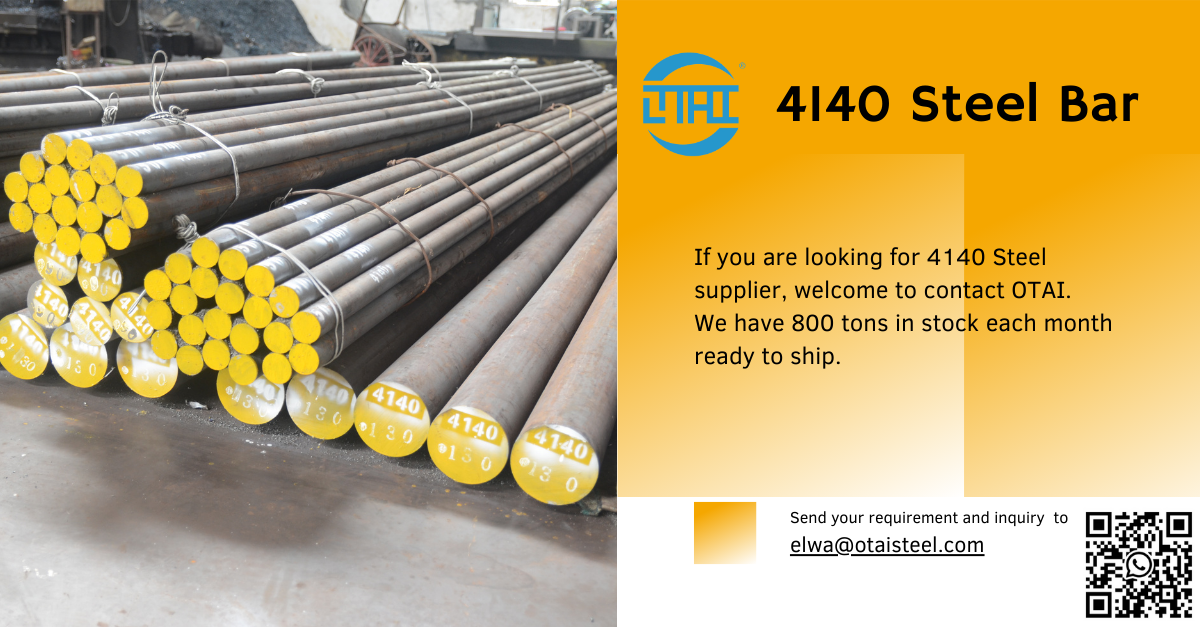

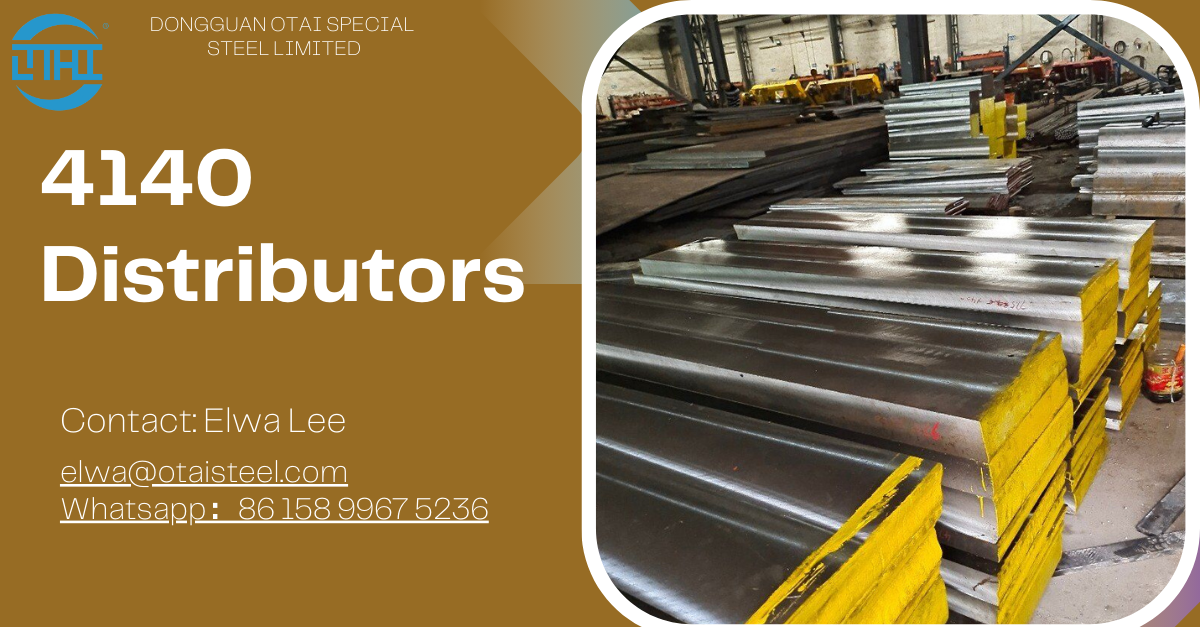
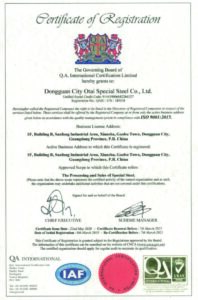
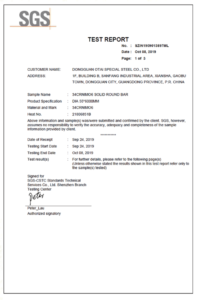

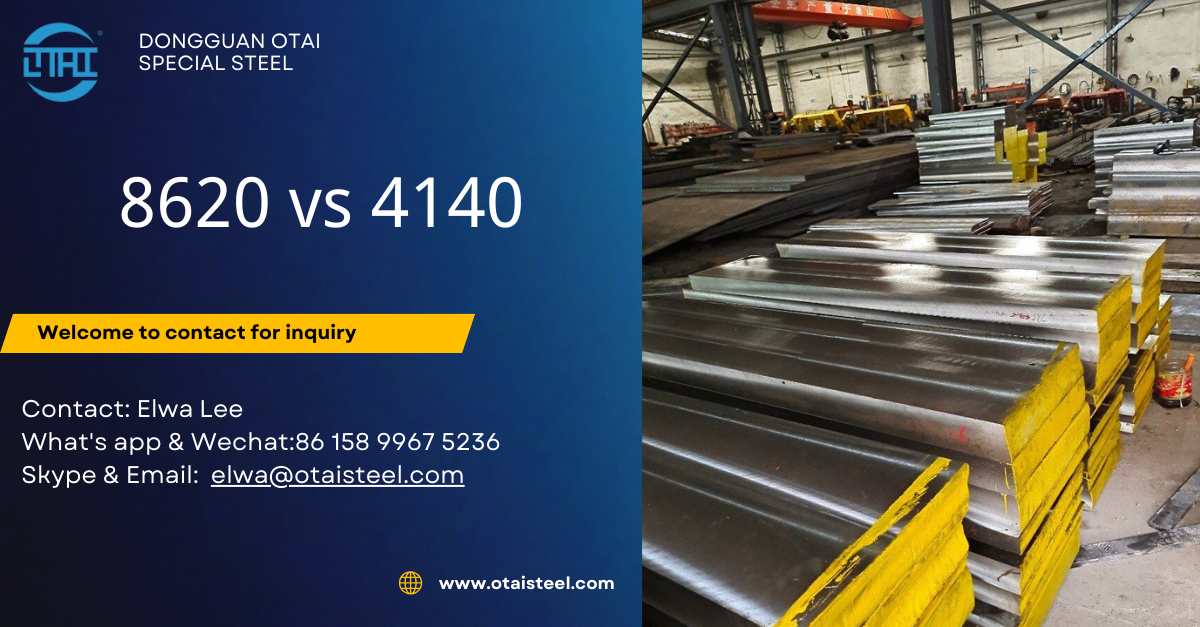

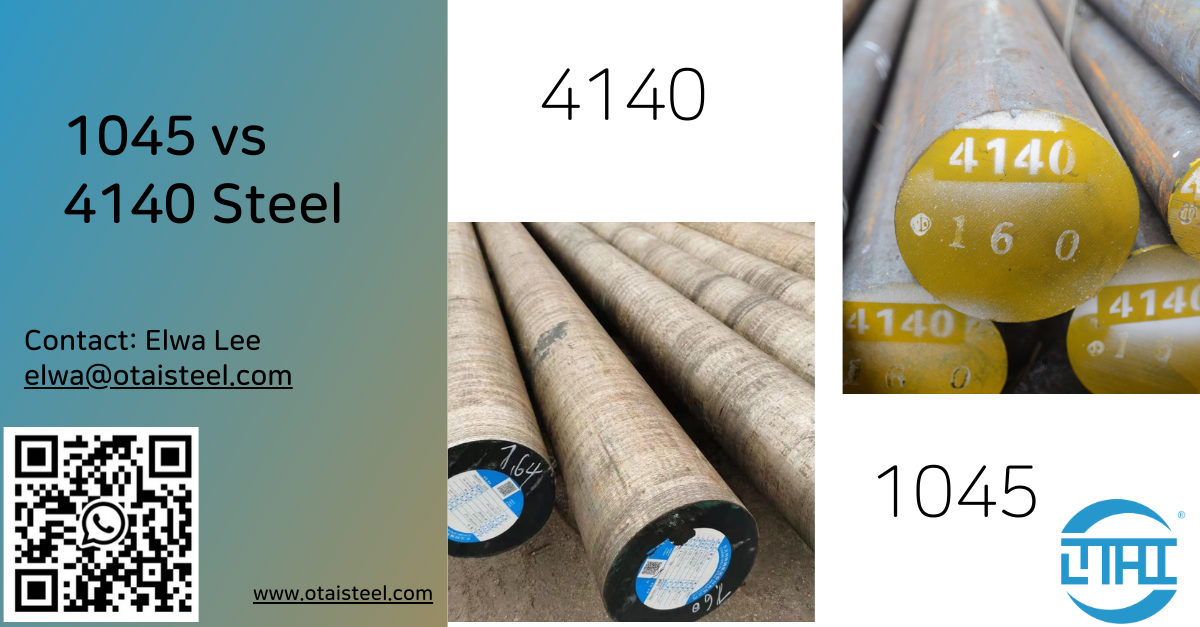

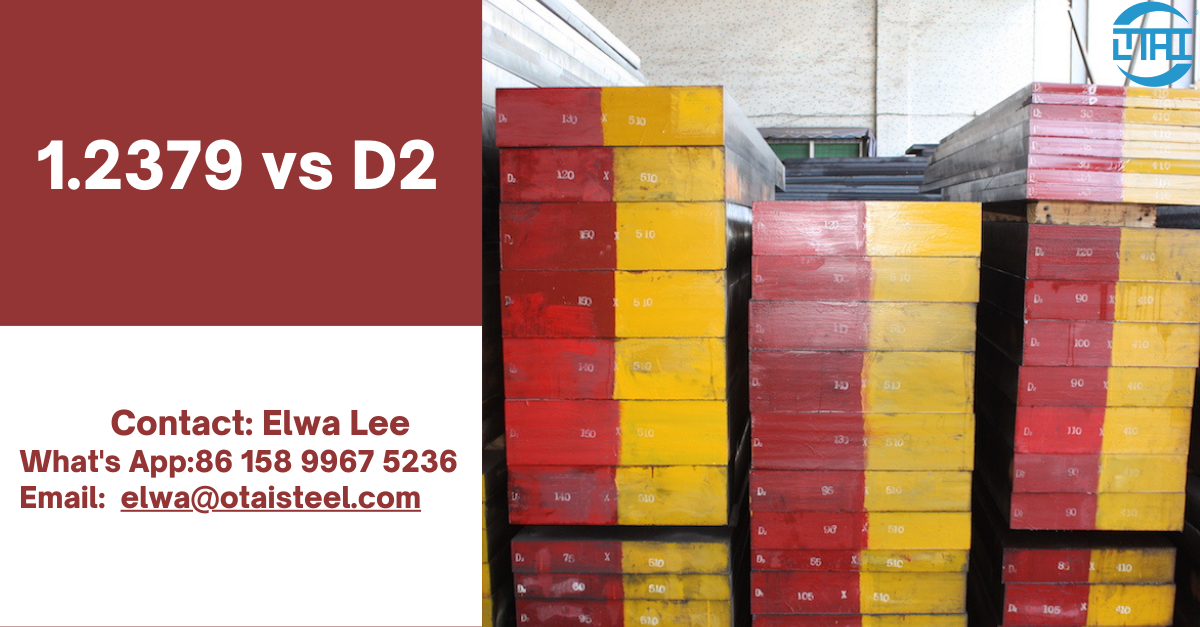

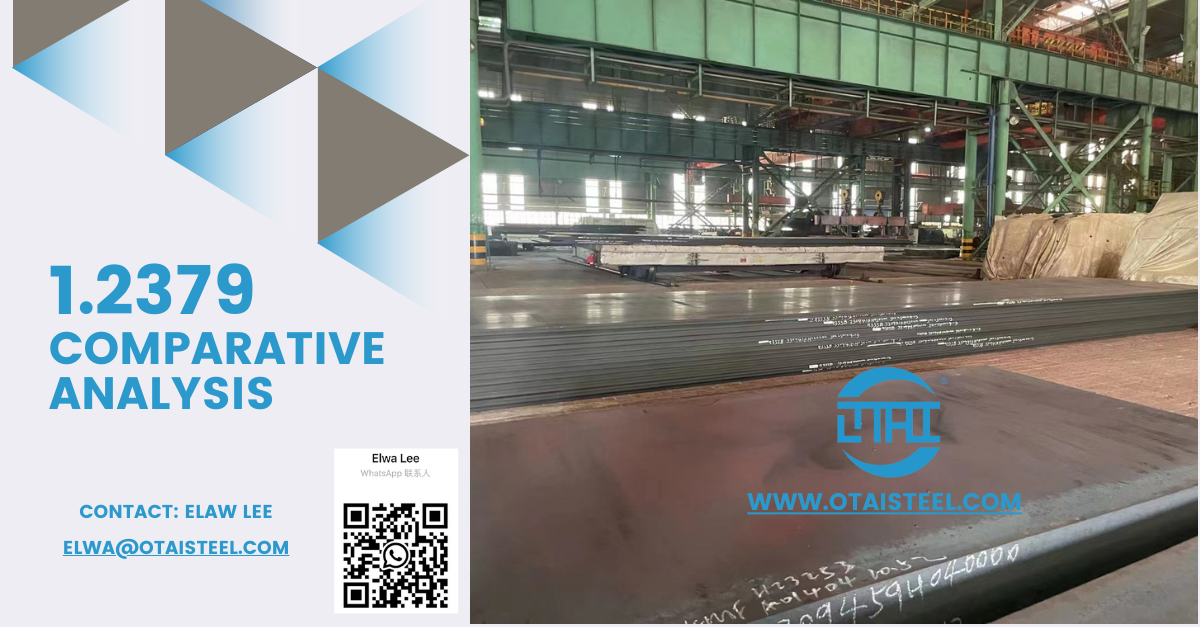

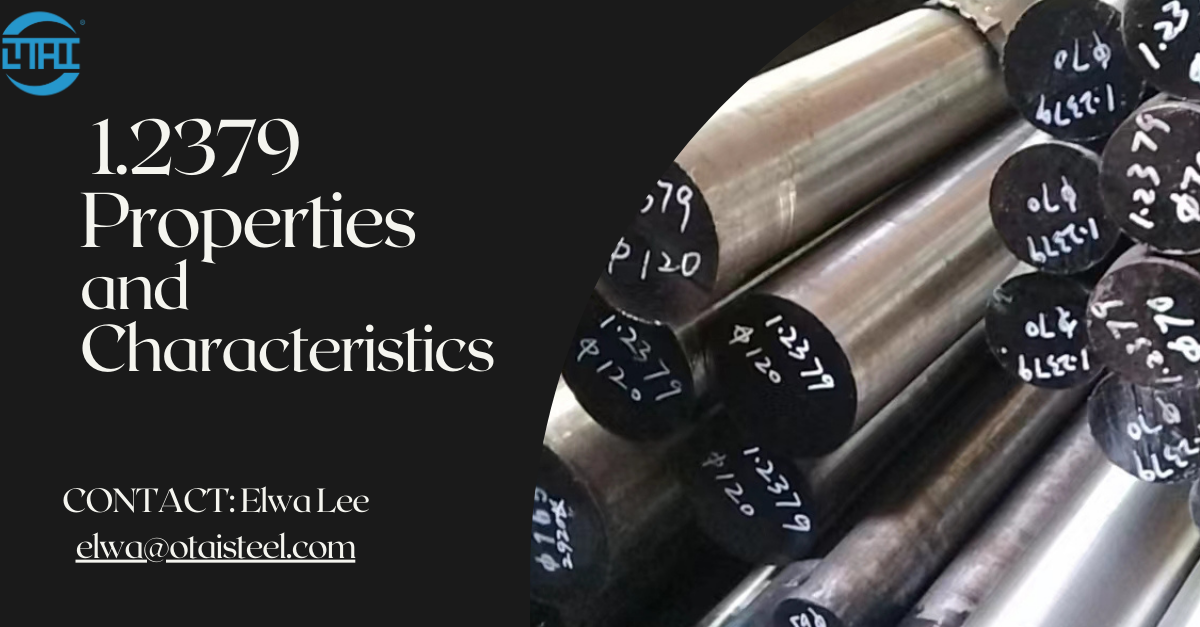

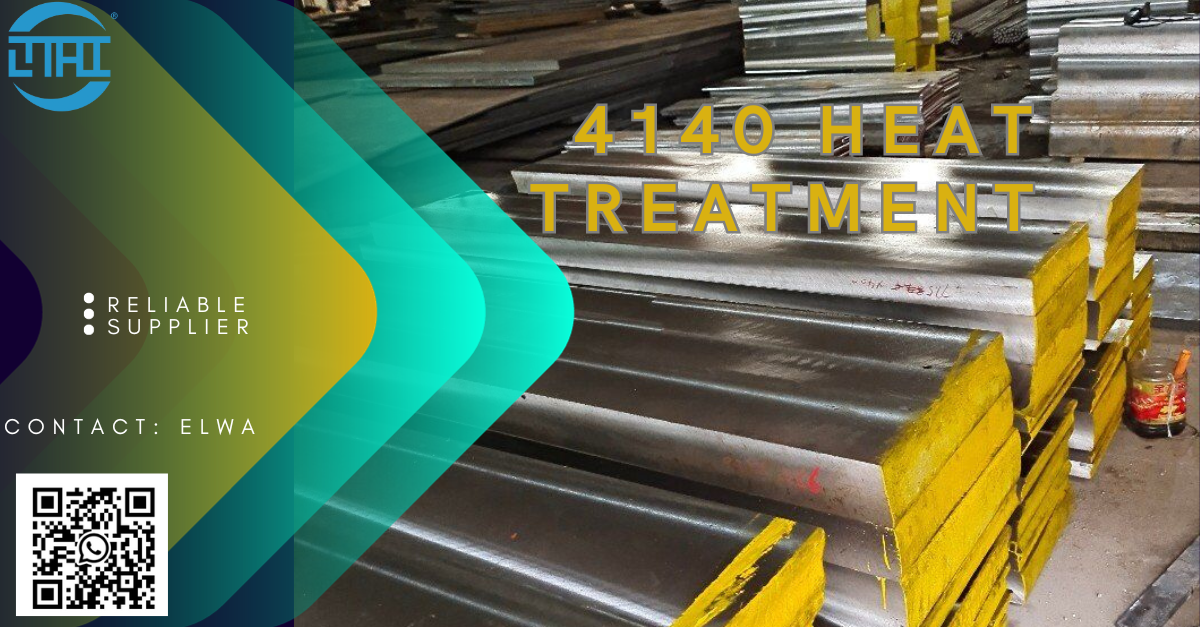

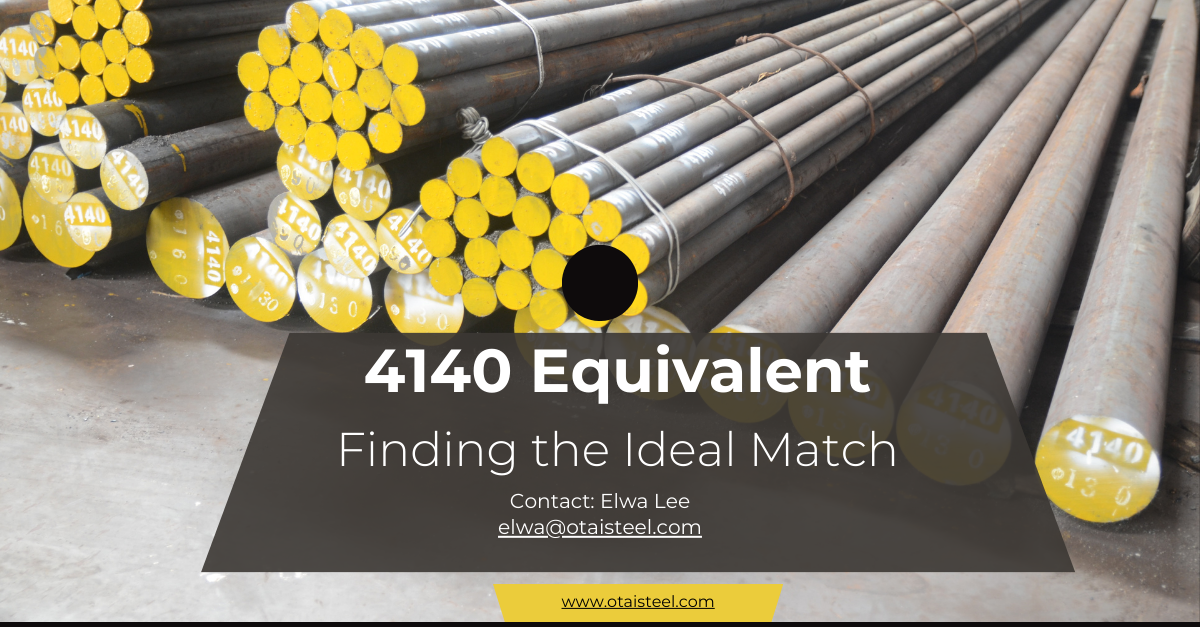 The Legacy of 4140 Steel
The Legacy of 4140 Steel
